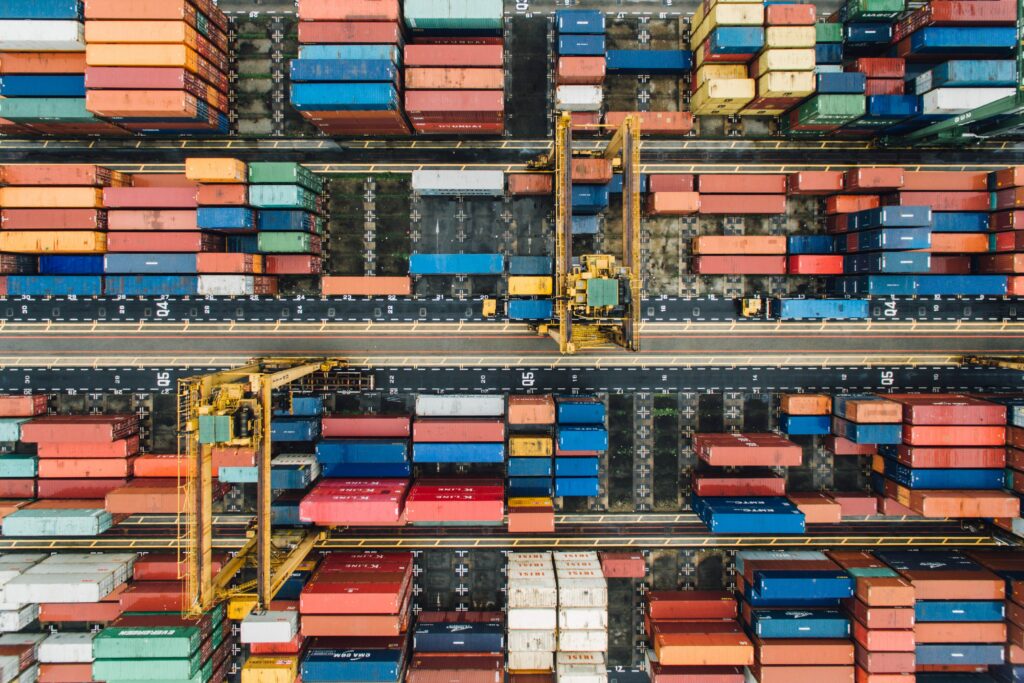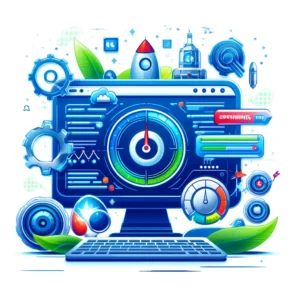The Internet of Things (IoT) is having a major impact on supply chains around the world. By connecting devices and sensors throughout the supply chain, businesses can collect data in real-time and use it to improve efficiency, reduce costs, and increase sustainability.
One of the most significant benefits of IoT for supply chains is improved visibility. With IoT sensors, businesses can track the location of goods in real-time, identify bottlenecks, and make better decisions about inventory levels. This can lead to significant reductions in lost and damaged goods, as well as improved customer service.
For example, Walmart is using IoT to track the temperature of its food products throughout the supply chain. This has helped the company to reduce food waste by 15%.
Another benefit of IoT is reduced costs. By automating tasks and processes, IoT can help businesses to save money on labor, energy, and other resources. For example, UPS is using IoT to track the fuel efficiency of its delivery trucks. This has helped the company to reduce its fuel consumption by 10%.
Finally, IoT can help businesses to improve sustainability. By monitoring energy usage and other environmental factors, businesses can identify opportunities to reduce their impact on the planet. For example, Coca-Cola is using IoT to track the water usage in its bottling plants. This has helped the company to reduce its water consumption by 20%.
Case Study: DHL
DHL is one of the world’s leading logistics companies. The company has been using IoT to improve its supply chain for several years. One of the most successful projects has been the use of IoT to track the temperature of its shipments.
DHL uses sensors to monitor the temperature of its shipments in real-time. This data is then used to identify potential problems, such as shipments that are getting too hot or too cold. If a problem is identified, DHL can take action to prevent the shipment from being damaged.
The use of IoT to track the temperature of shipments has helped DHL to reduce food waste by 15%. The company has also saved money on energy costs, as it no longer needs to monitor the temperature of shipments manually.
DHL’s use of IoT is just one example of how businesses are using this technology to improve their supply chains. As IoT continues to develop, we can expect to see even more innovative ways to use this technology to improve efficiency, reduce costs, and increase sustainability.
Conclusion
IoT is a powerful tool that can be used to improve supply chains in a variety of ways. By collecting data in real-time and using it to make better decisions, businesses can improve efficiency, reduce costs, and increase sustainability.
The case study of DHL shows how IoT can be used to track the temperature of shipments and prevent food waste. This is just one example of how businesses are using IoT to improve their supply chains. As IoT continues to develop, we can expect to see even more innovative ways to use this technology to improve efficiency, reduce costs, and increase the sustainability of supply chains.











